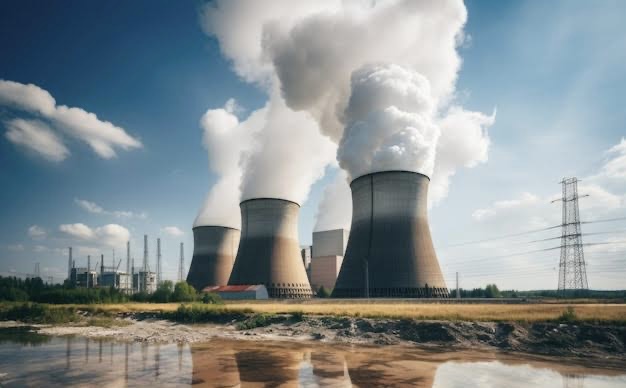KEY POINTS
- Eskom plans to cut coal power capacity by more than half and boost renewable energy to 32 GW by 2040.
- Six coal plants are being repurposed into clean energy sites, with 2 GW of construction to begin by 2026.
- Major financial hurdles, including ZAR400bn debt and underpriced electricity tariffs, challenge the company’s green transition.
South Africa’s state-owned power utility, Eskom, has unveiled a sweeping new energy strategy that will see the company reduce its dependence on coal and make a decisive shift toward renewable energy by 2040.
According to the roadmap released on July 18, 2025, Eskom aims to expand its renewable energy capacity from less than 1 gigawatt (GW) today to 32 GW within the next 15 years, while simultaneously slashing its coal-fired generation capacity from 39 GW to 18 GW.
This transition is part of South Africa’s broader national effort to decarbonise its energy sector, a move critical to meeting international climate commitments and ensuring long-term energy sustainability.
“Our future lies in cleaner, sustainable power sources that can keep pace with global energy trends and domestic demand,” Eskom officials stated. “We recognise the urgency of transitioning from coal, and we are committed to this path despite the significant hurdles.”
ESKOM: Repowering old coal plants and navigating debt challenges
To achieve its goals, Eskom plans to repurpose aging coal-fired power stations slated for decommissioning by installing renewable energy systems on those sites. The company confirmed that six coal plants have already been earmarked for repowering, representing 5 GW of new capacity. Of this, 2 GW worth of projects will break ground by 2026.
Eskom’s bold energy shift, however, is not without its challenges. The utility is grappling with a staggering ZAR400 billion (approximately US$22 billion) debt load, a persistent issue of unpaid municipal electricity bills, and regulated tariffs that fall below the cost-recovery threshold. These financial constraints threaten to slow the momentum of the green transition unless adequately addressed.
As of 2024, South Africa’s national installed capacity stands at 63 GW, with coal dominating the mix. Solar and wind account for 11% and 5% respectively. The government has set a near-term target of adding 4.5 GW of wind and 3.7 GW of solar capacity by 2030.
Eskom’s pivot aligns with national objectives but also represents a bid to rehabilitate its reputation amid long-standing criticisms over power shortages, aging infrastructure, and emissions intensity. Environmental advocacy groups have cautiously welcomed the announcement but stress the importance of transparency and timely execution.
“A strategy without clear timelines and accountability is just wishful thinking,” said a spokesperson for South Africa’s Centre for Environmental Rights. “Eskom must not only commit on paper but deliver real, measurable progress.”
The successful execution of Eskom’s 2040 plan could reframe South Africa’s energy narrative and help attract climate financing to modernise infrastructure, support grid flexibility, and enhance energy access.



